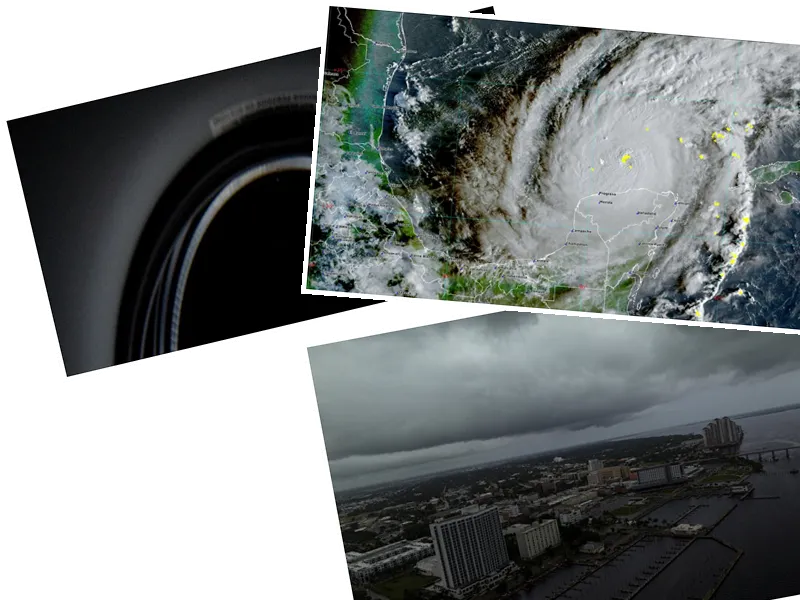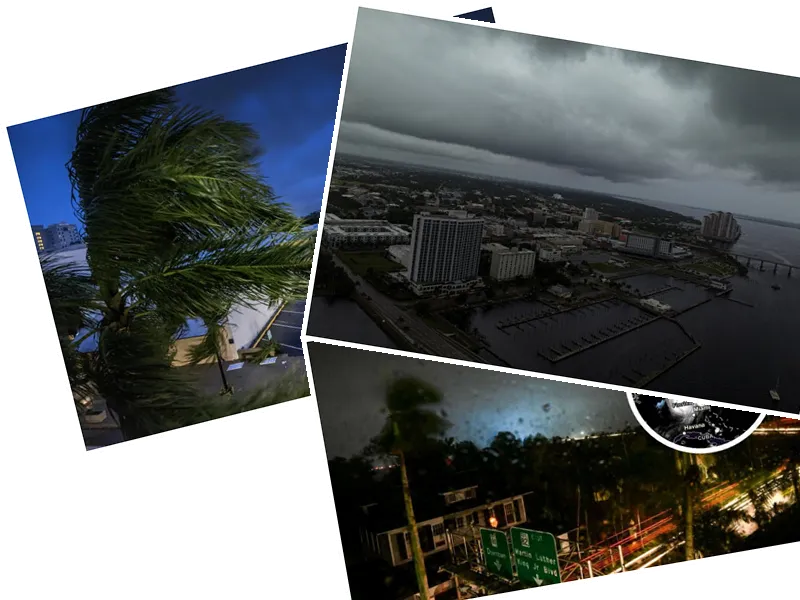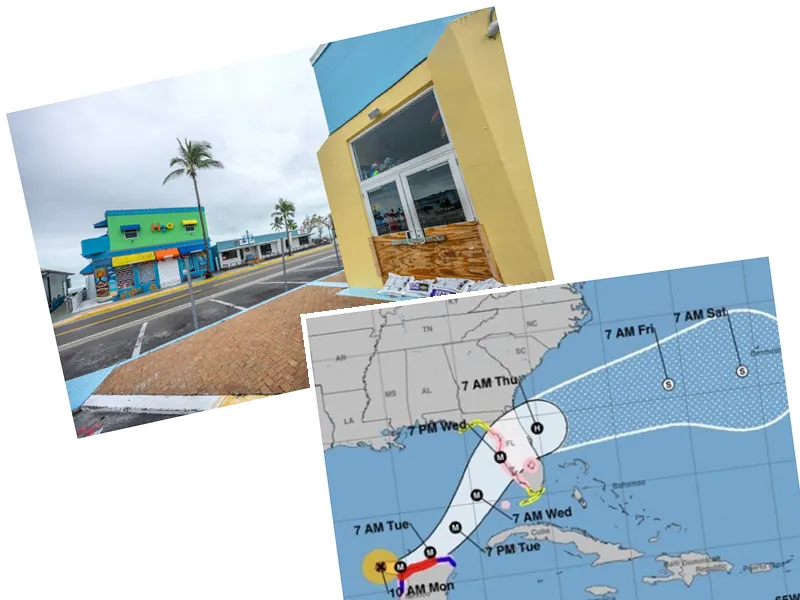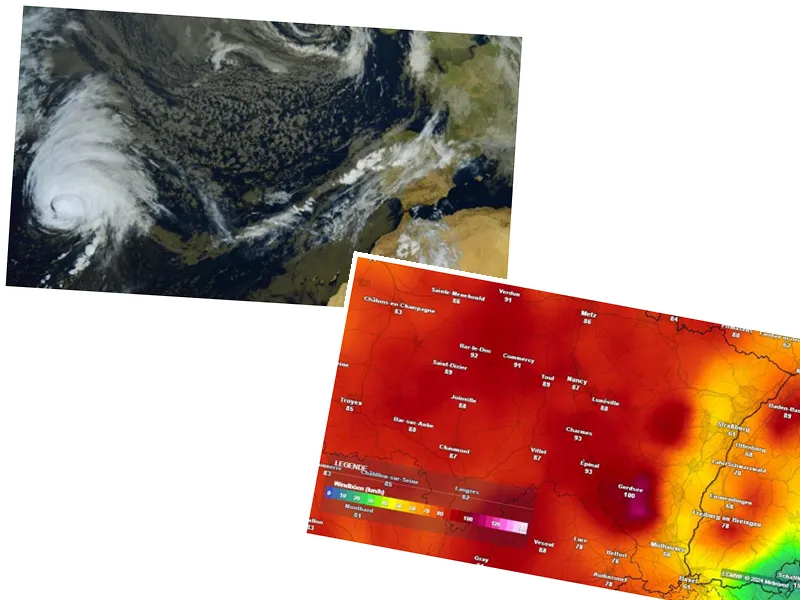Hurricane Milton's Path and Impact: Forecasts and Aftermath
Hurricane Milton has wreaked havoc across the United States, destroying over 100 homes and leaving millions without power. As the storm progresses, meteorologists are closely monitoring its potential trajectory towards Russia. Tatyana Pozdnyakova, a leading specialist at Meteonovosti, provided insights during an interview with RT, indicating that Milton may not reach Russian shores due to another hurricane, Leslie, approaching from Africa.
Despite Milton's movement towards Russia, it has significantly weakened, transitioning from a tropical hurricane to a less powerful storm. Pozdnyakova noted, "We are not talking about Hurricane Milton now. It is a former tropical hurricane, it has already left the tropical zone and has begun to weaken actively." If Leslie were not on its path, Milton could have intensified and potentially impacted northern Russia, particularly the Kola Peninsula.
The interaction between the two storms remains uncertain. Pozdnyakova emphasized the need for vigilance, stating that the convergence of these storms could result in them neutralizing each other, thus mitigating any effects Milton may have had on Russian territory.
The Destructive Force of Hurricane Milton
Hurricane Milton made landfall on October 9, initially predicted to be one of the most destructive hurricanes in history. It formed in the Gulf of Mexico and was expected to reach an unprecedented category six. However, it was later downgraded to a category one hurricane, with wind gusts reaching 200 km/h.
The storm has claimed at least 16 lives, with over 3 million homes and businesses in Florida experiencing power outages, as reported by Poweroutage.us. As of Thursday evening, nearly 3 million customers were still without electricity, prompting ongoing restoration efforts by emergency crews. Florida Governor Ron DeSantis announced that urban search and rescue teams, alongside the National Guard, have rescued nearly 1,000 individuals and over 100 animals.
The hurricane also triggered multiple tornadoes, leading to significant destruction, particularly among mobile homes and senior housing complexes. Florida's Office of Emergency Management reported that more than 125 tornado warnings were issued, surpassing the previous record set during Hurricane Irma in 2017.
The situation remains fluid as meteorologists continue to track both hurricanes, with residents urged to stay informed about developments.





